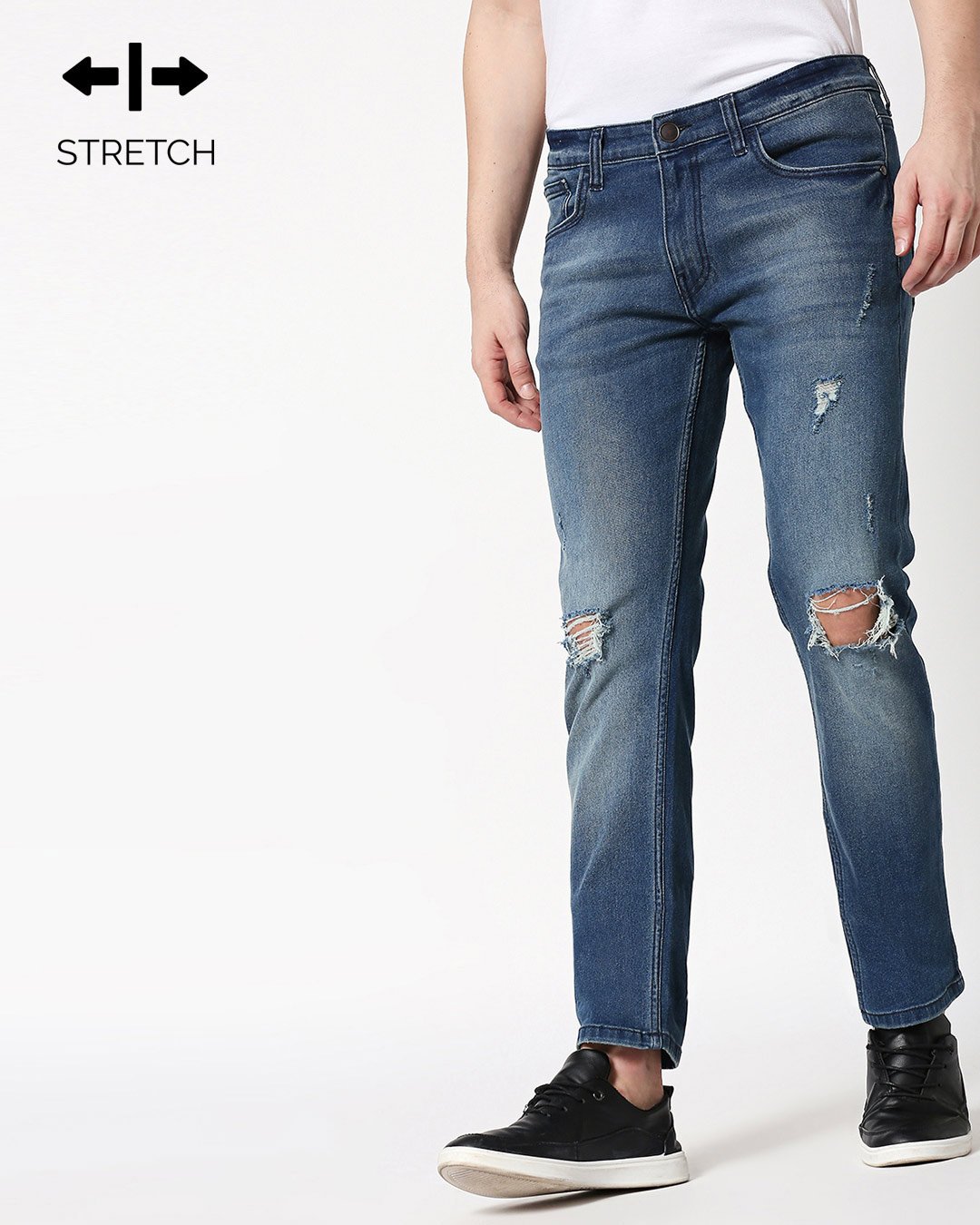From Ocean to Oceanside: How Sustainable Swimwear Helps Protect Marine Life

As the fashion industry continues to evolve, there’s a growing emphasis on sustainability, and swimwear is no exception. In recent years, consumers have become increasingly aware of their purchasing decisions’ environmental and social impact, leading to a surge in demand for eco-friendly alternatives. This shift towards sustainability has prompted fashion brands like The Someday Co to rethink their production processes and materials, paving the way for the rise of sustainable swimwear. This article will explore why sustainable swimwear is not just a passing trend but a movement set to reshape fashion’s future.
Table of Contents
The Environmental Impact of Conventional Swimwear
Traditional swimwear is typically made from synthetic materials such as polyester and nylon derived from non-renewable resources like crude oil. The production of these materials involves a significant amount of energy, water, and chemicals, contributing to pollution and environmental degradation. Moreover, once discarded, synthetic swimwear can take hundreds of years to decompose, further adding to the burden on the planet.
The Rise of Sustainable Swimwear Brands
In response to these environmental challenges, a new wave of fashion brands has emerged, dedicated to producing stylish and sustainable swimwear. These brands prioritise eco-friendly materials such as recycled nylon, organic cotton, and regenerated fabrics made from post-consumer waste. By utilising recycled materials, they help reduce the demand for virgin resources and minimise the environmental footprint of their products. Furthermore, many sustainable swimwear brands are committed to ethical manufacturing practices, ensuring safe working conditions for garment workers.
Consumer Awareness and Demand
One of the driving forces behind the growth of sustainable swimwear is increased consumer awareness and demand for ethically produced fashion. Thanks to the internet and social media, today’s consumers are better informed than ever before, and they actively seek out companies that share their beliefs. The current trend towards sustainability is primarily being driven by millennials and Gen Z, who place a high value on authenticity and environmental responsibility when making purchases. As a result, mainstream fashion retailers are starting to take notice and integrate sustainable swimwear options into their collections to cater to this growing market.
Innovations in Sustainable Materials
Technological developments have also been crucial to the creation of sustainable swimwear. Technological advancements like Econyl, a recycled nylon derived from fishing nets and other nylon trash, have completely changed the business by offering a greener substitute for conventional materials. Similarly, plant-based fabrics like Tencel and Modal offer natural, biodegradable alternatives to synthetic fibres, further reducing the environmental impact of swimwear production. As these sustainable materials become more accessible and cost-effective, they will likely become the norm rather than the exception in the fashion industry.
The Influence of Celebrity Endorsement
Celebrity influencers and public figures have also played a significant role in popularising sustainable swimwear. With their massive online followings, celebrities have the power to shape consumer trends and influence purchasing behaviour. Many high-profile personalities have publicly endorsed sustainable fashion brands and worn eco-friendly swimwear at red-carpet events and social media, bringing greater visibility to the movement. As sustainability continues to gain momentum in the mainstream media, you can expect to see even more celebrities championing environmentally conscious fashion choices.
In conclusion, sustainable swimwear is not just a fad but a long-term trend reshaping fashion’s future. With growing awareness of environmental conditions and increasing demand for ethical products, sustainable swimwear brands like The Someday Co are poised for continued growth and success. By embracing eco-friendly materials, ethical production practices, and innovative technologies, these brands set a new standard for the industry and prove that fashion can be stylish and sustainable. As consumers continue to prioritise sustainability in their purchasing decisions, the future of fashion belongs to those who are committed to positively impacting the Earth.












